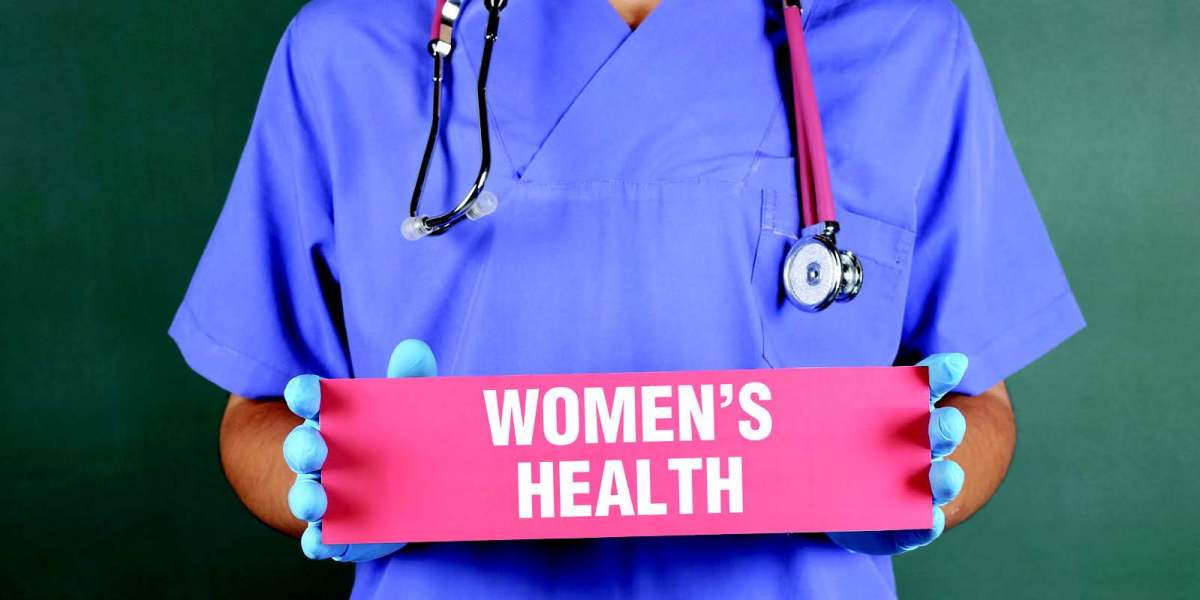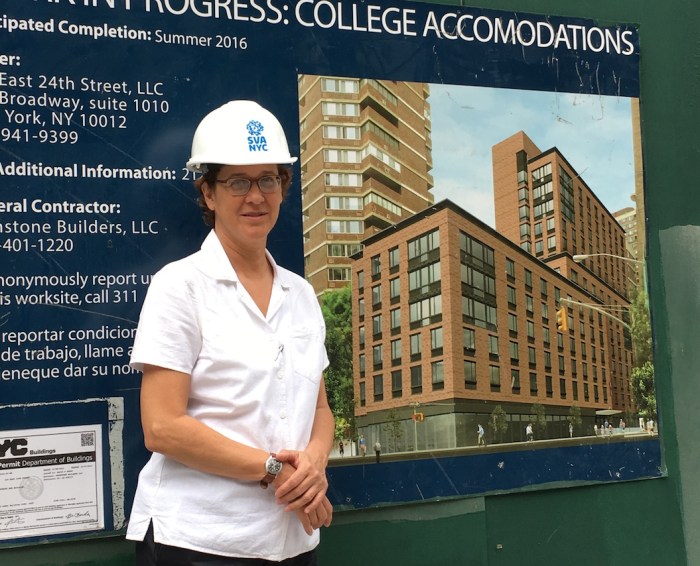October is Breast Cancer Awareness Month, and pink ribbons are everywhere. Marketers produce pink versions of classic products (appliances, sneakers, you name it), whose profits will go towards breast cancer research. Women in pink T-shirts will be walking and running for the cure. This is all for good reason: According to the Centers for Disease Control and Prevention, excluding some skin cancers, breast cancer is the most common cancer among American women regardless of race or ethnicity. It’s also in the news thanks to prominent women like Robin Roberts, Sharon Osbourne, Angelina Jolie and Christina Applegate, who have gone public about their experiences with breast cancer. Some have discussed their decisions to be tested for genetic mutations BRCA1 and BRCA2. Jolie and Applegate both elected to have preventative double mastectomies upon discovering they were carriers of BRCA genes. We talked to Dr. Susan K. Boolbol, chief of the breast surgery division and clinical director of the cancer network at Mount Sinai Health System, about why there are no one-size-fits-all answers when it comes to screening and testing for breast cancer, and the importance of women first discussing their situation with their doctor. When should women start getting mammograms? What about high-risk women?
This is an area of great controversy. The [U.S. Preventive Services Task Force] recommends that average-risk women begin screening mammograms at 50 years old. The American Cancer Society recommends screening mammograms beginning at 45 years old for average-risk women. The recommendations for high-risk women must be personalized and cannot be general recommendations. These are issues that must be discussed with their physicians. When should women start self-examining?
It is important that women are familiar with their own normal self breast exam. The purpose of a self breast exam is not to know what every “lump or bump” is, but rather be able to notice something that is new or different. Many societies recommend beginning self breast exams in the mid-20s. Should women be tested for the BRCA gene?
Out of all breast cancers diagnosed each year, only about 5 percent to 8 percent are due to BRCA1 or BRCA2 mutations. Having one of these greatly increases the patient’s lifetime risk of developing breast and/or ovarian cancer. The two main options for women with BRCA1 or BRCA2 are close observation with imaging tests and physical examinations, or prophylactic surgery. Average lifetime risk for a woman to develop breast cancer is in the range of 11 to 12 percent. For some women with a genetic mutation, their average lifetime risk now increases to 85 percent for breast cancer. It greatly increases the lifetime risk of ovarian cancer also. There are many factors that are involved in the decision of whether to have a woman see a genetic counselor or undergo genetic testing. Any women who is diagnosed with breast cancer and is younger than 50 years old should be offered testing. If a woman has breast cancer and has a family member with ovarian cancer, testing should be discussed. Another main indication for genetic testing is if a woman has breast cancer and is of Ashkenazi Jewish descent. Genetic testing should be discussed with all men who are diagnosed with breast cancer. What are the outcomes of treatment if it’s caught early?
The great news about breast cancer is that outcomes are excellent. Early stage breast cancer has greater than a 90 percent five-year survival. The main treatment options are surgery, radiation, chemotherapy and endocrine or hormonal blocking treatment. Today many women with breast cancer do not undergo treatment with chemotherapy.
Ask Mount Sinai: No one-size-fits-all rule for breast cancer screenings

iStock


















